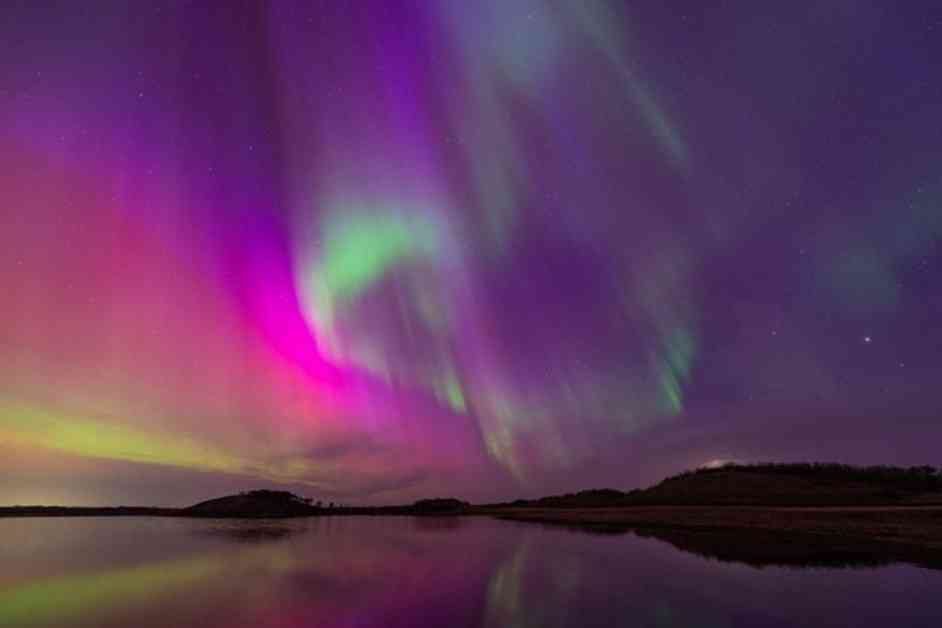Vincent Ledvina, a space physics doctoral student at the University of Alaska, Fairbanks, was captivated by the northern lights as a child when he witnessed a rare geomagnetic storm in 2003. Since then, his interest has turned into a passion for chasing auroras. Similarly, Tom Kerss, an astronomer and professional aurora chaser, has seen the northern lights over 300 times and shares his experiences with others.
On May 10 and 11, people worldwide had the unique opportunity to witness the northern lights due to intense solar activity causing a geomagnetic storm. This event provided seasoned aurora chasers the chance to view the lights alongside first-time viewers, creating a rewarding experience for everyone.
The sun’s magnetic activity, particularly during a solar maximum, plays a crucial role in the occurrence of auroras. As we approach the upcoming solar maximum predicted for 2025, experts anticipate heightened solar activity, leading to more frequent and intense auroras in the coming years.
To maximize your chances of seeing the northern lights, it’s essential to plan your viewing around midnight during the darkest hours. Visiting high latitudes in the Arctic Circle, dressing warmly, and booking a trip with multiple viewing opportunities are key tips for aurora chasing. Additionally, staying updated on aurora forecasts through resources like the Space Weather Prediction Center and Space Weather Live can help you plan your viewing experience.
While witnessing auroras can be a breathtaking experience, it’s important to manage expectations, especially during mid-latitude viewings. Utilizing your phone camera to detect the aurora and seeking darker spots away from light pollution can enhance your viewing experience.
As the sun continues to ramp up its activity towards the solar maximum, the likelihood of more frequent and spectacular auroras remains high. While the chance of a repeat event like the one in May is rare, the anticipation of future geomagnetic storms is creating excitement among aurora enthusiasts. With advancements in technology, capturing the beauty of the northern lights has become more accessible to everyone, making this solar maximum an ideal time to witness and photograph these natural wonders.



